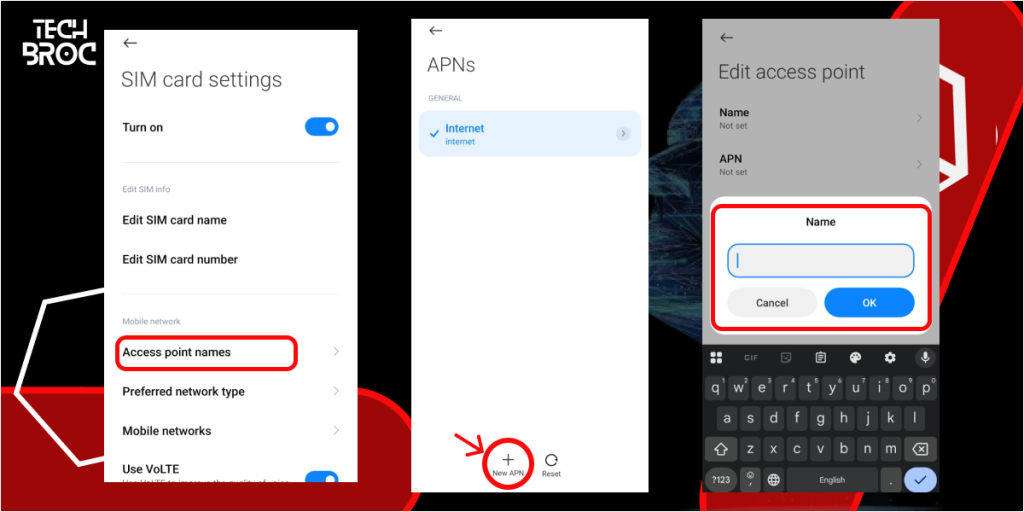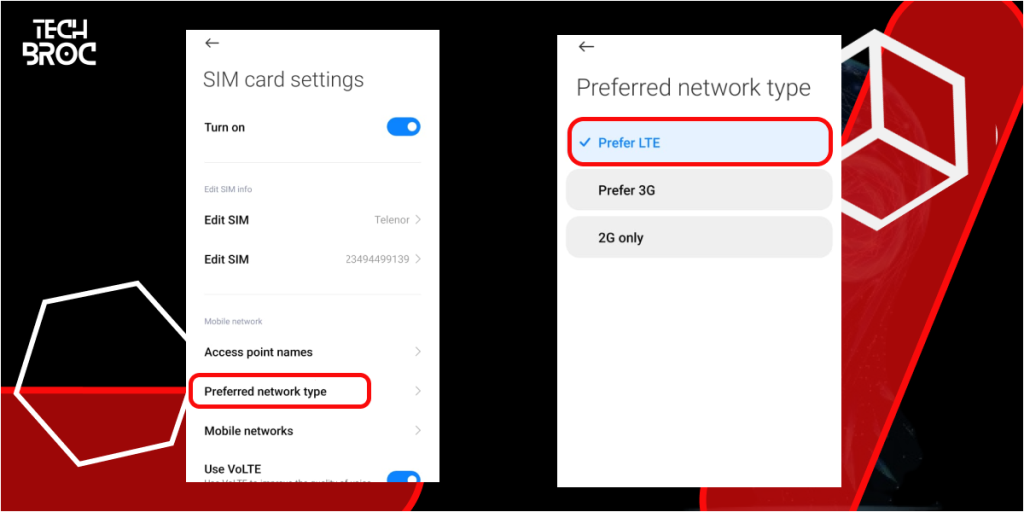We’ve all been there: a pixelated video call during a crucial meeting, a spinning wheel on a streaming app, or a failed upload when deadlines loom. Slow mobile data isn’t just inconvenient—it disrupts productivity, entertainment, and connection. But what if the solution is hidden in your phone’s settings? Enter PWG (Preferred Wireless Gateway) configurations, the unsung hero of mobile data optimization.
In 2023, an Ookla Speedtest Global Index report revealed that 65% of users experienced subpar speeds due to outdated or generic network settings. Tech analyst Dr. Emily Torres states, “Most devices operate on default configurations that don’t harness a carrier’s full potential. Tailoring PWG settings can unlock 30–50% faster speeds without hardware upgrades.” Let’s decode how to harness this power.
What Are PWG Mobile Settings? Demystifying the Tech
The Backbone of Seamless Connectivity
PWG settings are advanced protocols that govern how your device interacts with cellular networks. Think of them as a digital traffic controller, prioritizing data packets, minimizing latency, and selecting optimal network pathways. Key components include:
- APN (Access Point Name): Your device’s gateway to the internet.
- Carrier Aggregation: Combining multiple LTE/5G bands for wider bandwidth.
- DNS Configuration: Translating web addresses into IP addresses efficiently.
Why Default Settings Fall Short
Carriers often deploy generic settings to accommodate all users, leading to:
- Network Congestion: Overloaded servers during peak hours.
- Throttling: Speed caps after exceeding data limits.
- Inefficient Routing: Data taking longer paths, increasing latency.
Real-World Wins: How PWG APN Settings Transformed Lives
Case Study 1: The Remote Worker’s Breakthrough
Sarah, a digital marketer, struggled with uploading large files during her travels. After customizing her APN and enabling LTE-Advanced (a PWG feature), her upload speeds jumped from 3 Mbps to 22 Mbps. “I no longer hunt for Wi-Fi hotspots—my mobile data just works,” she shares.
Case Study 2: The Gamer’s Edge
Alex, an avid mobile gamer, faced constant lag in Call of Duty: Mobile. Switching to Google’s DNS and locking his phone to 5G reduced latency from 120ms to 45ms. “It’s like playing on a whole new device,” he says.
Step-by-Step: Optimize PWG Settings for Peak Performance
APN Configuration: Your Gateway to Speed

APN settings vary by carrier. Incorrect values can bottleneck speeds. Here’s how to update them:
- Android:
- Go to Settings > Network & Internet > Mobile Network > Access Point Names.
- Tap “+” to create a new APN.
- Input carrier-specific details (find these on your provider’s support site).
- iPhone:
- Navigate to Settings > Cellular > Cellular Data Network.
- Update APN fields under “Cellular Data” and “LTE/5G Setup.”
Pro Tip
Always create a new APN instead of editing the default. This preserves a fallback option.
Force LTE/5G Mode: Ditch Outdated Networks

Many phones default to 3G/4G for battery savings. Prioritize speed:
- Android:
- Settings > Connections > Mobile Networks > Network Mode > LTE/5G.
- iPhone:
- Settings > Cellular > Voice & Data > Select 5G/LTE.
DNS Overhaul: Speed Up Website Loading
Your carrier’s DNS may be sluggish. Switch to:
- Google DNS: 8.8.8.8 or 8.8.4.4
- Cloudflare DNS: 1.1.1.1 (faster privacy-focused option)
Android users: Enable via Settings > Network & Internet > Private DNS.
iPhone users: Use apps like DNS Override or 1.1.1.1: Faster Internet.
Enable Carrier Aggregation (CA)
CA (Carrier Aggregation) Carrier merges multiple network bands for wider lanes. Example: Combining Band 2 (1900 MHz) and Band 4 (1700 MHz) for faster throughput.
- Check compatibility in Settings > About Phone > SIM Status (Android) or via carrier support (iPhone).
Expert Strategies to Sustain High-Speed Data
“Timing is Everything” – Raj Patel, Network Architect
Peak hours (7–11 PM) strain networks. Patel advises:
- Schedule large downloads for off-peak times (e.g., 2–5 AM).
- Use apps like GlassWire to monitor data usage and avoid throttling.
Research Insight: The 5GHz vs. 2.4GHz Myth
While 5GHz Wi-Fi is faster, LTE Band 7 (2600 MHz) often outperforms it in crowded areas. A 2023 OpenSignal study showed LTE Band 7 users experienced 40% lower latency than Wi-Fi users in urban zones.
Update Carrier Profiles Regularly
Carriers like Verizon and AT&T release periodic updates to enhance network compatibility. Check:
- Android: Settings > System > System Updates.
- iPhone: Settings > General > About (updates auto-install if enabled).
Troubleshooting: When Your Speed Boost Stalls
1. Reset Network Settings
Misconfigured changes can backfire. Revert to defaults:
- Android: Settings > System > Reset > Reset Network Settings.
- iPhone: Settings > General > Reset > Reset Network Settings.
2. Check for Physical Barriers
Signal-blocking materials (concrete walls, metal frames) can negate settings. Use apps like Network Cell Info Lite to identify strong signal zones.
3. Audit Background Apps
Apps like Facebook and Instagram consume data silently. Restrict background activity:
- Android: Settings > Apps > [App Name] > Mobile Data > Restrict.
- iPhone: Settings > General > Background App Refresh > Toggle Off.
The Future of Mobile Data: What’s Next?
AI-Driven Network Optimization
Companies like Ericsson are testing AI algorithms that auto-adjust PWG settings based on usage patterns. Imagine your phone switching DNS servers or LTE bands autonomously during a Netflix binge!
6G and Beyond
While 5G offers gigabit speeds, 6G (expected post-2030) aims to reduce latency to 1 microsecond, revolutionizing real-time applications like remote surgery and autonomous vehicles.
FAQs: Your Speed Dilemmas Solved
Will tweaking PWG settings void my warranty?
No—these are software adjustments. Resetting to defaults reverses changes.
Why does my speed drop indoors?
Walls block high-frequency 5G signals. Use Wi-Fi calling or a signal booster.
Can VPNs affect PWG optimizations?
Yes. VPNs reroute traffic, potentially bypassing DNS and carrier aggregation benefits.
Conclusion: Take Charge of Your Mobile Speed
PWG settings are the secret weapon in your tech arsenal. With 15 minutes of tweaking, you can transform sluggish data into a seamless, high-speed experience. Ready to test it? Run a Speedtest before and after adjustments—you’ll be stunned.